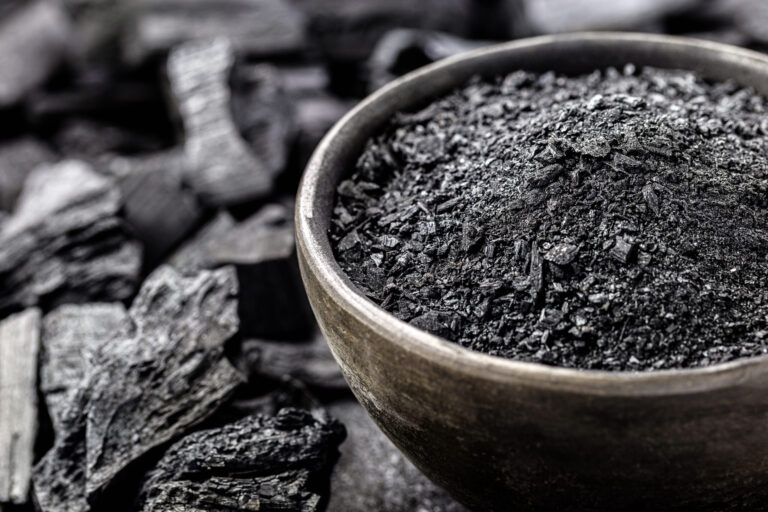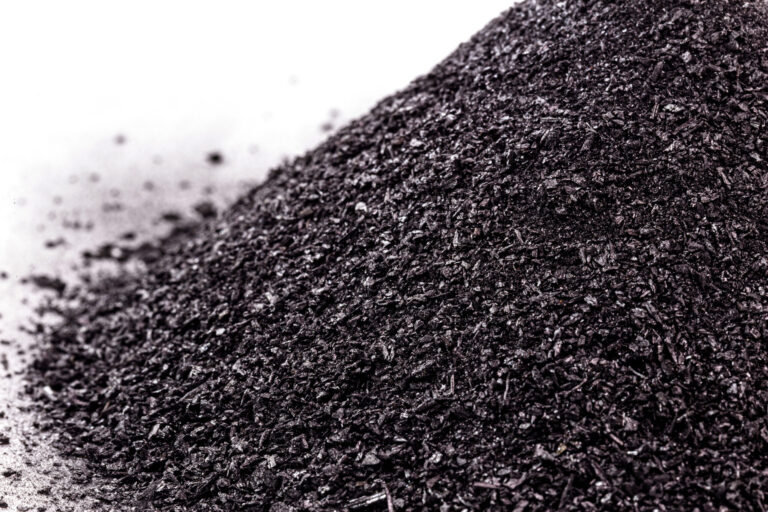Austin Black Eco
Introducing
Austin Black Eco
A revolutionary product that combines the formula-enhancing features of Austin Black 325 with eco-friendly recycled materials.
Production of Austin Black 325
389 kg CO2 emitted per metric ton
VS
Production of Virgin Carbon Black *
2400 kg CO2 emitted per metric ton
VS
Production of Recycled Carbon Black *
480 kg CO2 emitted per metric ton
Source G3C Technologies

This exceptional product offers superior performance
Contributes very low CO2 emissions
Drives sustainable development by reducing waste and promoting recycling.

Austin Black Eco is a true icon in the industry, setting new standards for innovation and environmental responsibility.





Frequently Asked Questions
What is Austin Black Eco used for?
Austin Black Eco is commonly used in rubber, plastics, coatings, and adhesives as a sustainable replacement for traditional carbon black. It offers excellent dispersion and UV resistance.
How does Austin Black Eco support sustainability?
Austin Black Eco is derived from naturally occurring carbon sources, requiring less energy to process compared to traditional furnace black. This helps reduce overall emissions and environmental impact.
Is Austin Black Eco suitable for automotive applications?
Yes, due to its strong reinforcing properties and thermal stability, Austin Black Eco is ideal for automotive rubber and plastic parts requiring durability and consistency.
How does Austin Black Eco compare to traditional carbon black?
While traditional carbon black is derived from petroleum, Austin Black Eco uses a more sustainable raw material with similar performance, lower density, and improved environmental profile. See our Carbon Black Products page for full comparison.
Can Austin Black Eco help reduce production costs?
Absolutely. Its low density allows manufacturers to use less product by weight while maintaining desired properties, potentially reducing material costs over time.
